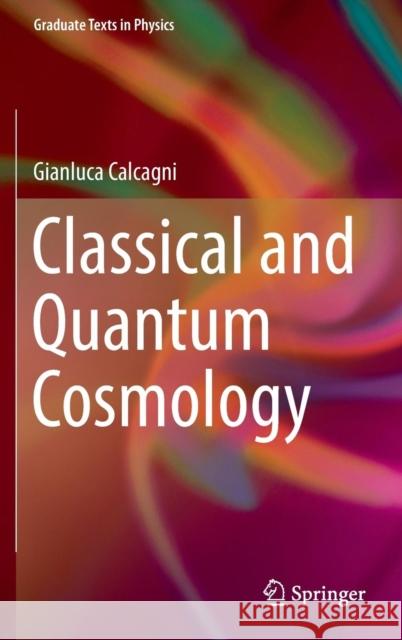Classical and Quantum Cosmology » książka
topmenu
Classical and Quantum Cosmology
ISBN-13: 9783319411255 / Angielski / Twarda / 2017 / 843 str.
Kategorie BISAC:
Wydawca:
Springer
Seria wydawnicza:
Język:
Angielski
ISBN-13:
9783319411255
Rok wydania:
2017
Wydanie:
2017
Numer serii:
000394232
Ilość stron:
843
Waga:
1.36 kg
Wymiary:
23.39 x 15.6 x 4.45
Oprawa:
Twarda
Wolumenów:
01
Dodatkowe informacje:
Bibliografia
Wydanie ilustrowane
Wydanie ilustrowane











